Creative Brief
What is a Creative Brief?
A creative brief is a document outlining the objectives, audience, and key messages for a writing project. It serves as a guide for writers, designers, and other creative professionals to ensure that the final output aligns with the project’s goals and client expectations. A well-crafted creative brief includes details such as the target audience, project objectives, key messages, tone and style, deadlines, and any specific requirements or constraints.
Why is a Creative Brief Important?
A creative brief is important because it provides clear direction and ensures alignment among all stakeholders involved in a project. It helps avoid misunderstandings and ensures that everyone is on the same page regarding the project's goals, audience, and deliverables. A comprehensive creative brief saves time and resources by providing a roadmap for the creative process, reducing the need for revisions and ensuring that the final product meets the client's expectations.
A creative brief also helps maintain consistency and coherence in the project's messaging and design, ensuring that it resonates with the target audience and achieves the desired outcomes.
Best Practices for Writing a Creative Brief
1. Clearly Define the Project Objectives
Outline the specific goals of the project. This could include increasing brand awareness, driving traffic, generating leads, or launching a new product. Clear objectives provide a focus for the creative process.
2. Identify the Target Audience
Provide detailed information about the target audience, including demographics, interests, preferences, and pain points. Understanding the audience helps tailor the content and design to their needs and expectations.
3. Outline Key Messages
Specify the core messages that the project should communicate. These messages should align with the project's objectives and resonate with the target audience. Clearly defined key messages ensure consistency and clarity.
4. Specify Tone and Style
Describe the desired tone and style for the project. This could include formal or informal language, brand voice, and any specific design guidelines. Providing tone and style guidelines helps maintain a cohesive and brand-aligned output.
5. Include Background Information
Provide relevant background information about the project, brand, or product. This could include previous campaigns, competitive landscape, and any challenges or opportunities. Background information gives context to the project.
6. Set Clear Deadlines
Outline the project timeline and deadlines for each phase of the creative process. Clear deadlines help manage expectations and ensure timely delivery. Include any key milestones and review dates.
7. Detail Specific Requirements
Specify any particular requirements or constraints, such as mandatory elements, preferred formats, or legal considerations. Detailing requirements ensures that the final output meets all necessary criteria.
8. Provide Examples and References
Include examples or references that illustrate the desired outcome. This could be previous projects, competitor work, or inspiration pieces. Examples help convey the vision and provide a benchmark for quality.
9. Encourage Collaboration
Foster open communication and collaboration among all stakeholders. Encourage feedback and questions to clarify any uncertainties. Collaboration ensures that all perspectives are considered and enhances the final output.
10. Review and Revise
Review the creative brief with the client and team members to ensure accuracy and completeness. Make necessary revisions based on feedback to finalize the brief. A thorough review process helps avoid misunderstandings and sets a solid foundation for the project.
By following these best practices, you can create an effective creative brief that guides the creative process, aligns stakeholder expectations, and ensures the successful delivery of the project.
For more terms, return to the content marketing glossary and freelance writing glossary.

